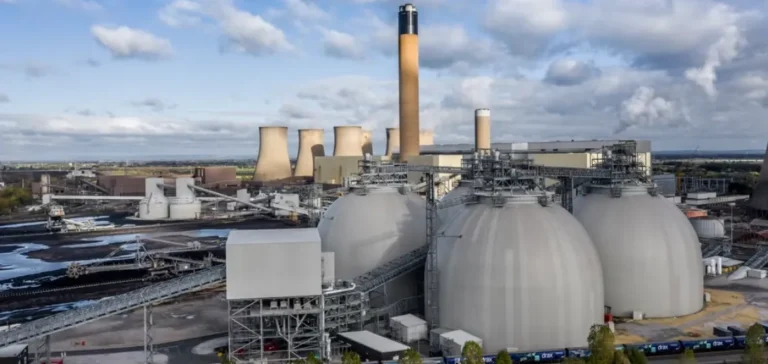Carbon dioxide (CO₂) capture and storage technologies have seen a marked acceleration in development, with a fivefold increase in start-ups and a sevenfold rise in venture capital investment between 2019 and 2024. Last year, nearly one-third of the funding was directed towards emerging technologies such as enhanced rock weathering, biomass storage, and ocean-based capture.
An expensive industry dominated by two main approaches
Despite this momentum, current operational capacity largely relies on two methods: bioenergy with carbon capture and storage (BECCS) and direct air capture with geological storage (DAC). Projects under construction in Northern Europe and the United States are expected to double BECCS capacity and increase DAC capacity fiftyfold by 2030.
Global CO₂ removal capacity currently stands at around 1 million tonnes per year. If all announced projects proceed, this figure could increase by a factor of 80 by 2035. Oil and gas majors have already entered the sector, with deals up to $1.1 billion for acquiring specialised firms and planned investments of around $500 million.
Highly variable costs depending on the technology
Cost remains a major obstacle to scaling the industry. DAC currently ranges between $500 and $1,900 per tonne of CO₂ due to the low atmospheric concentration and high energy requirements. Innovations in capture materials and industrial scaling could reduce these costs to around $300 per tonne by mid-century, with some advanced designs targeting $100 per tonne.
BECCS offers a broader cost spectrum, from $40 to $300 per tonne depending on plant type, proximity to storage sites, and feedstock quality. Other solutions, such as underground biomass storage or mineralisation, report costs below $100 per tonne, but lack demonstration at industrial scale.
Public funding remains a key driver
Most current projects depend on public financing, totalling more than $5 billion over the past five years. However, this reliance on government budgets exposes the sector to funding uncertainties. In 2024, around 65% of carbon credit purchases from removal projects came from a single private buyer.
Stronger government support is seen as necessary to facilitate large-scale testing, strengthen verification frameworks, and structure a stable market. Tools such as advance purchase commitments and carbon contracts for difference (CCfD) are being considered to provide demand stability.
Towards a coordinated international ecosystem
Governments can also play a key role in harmonising monitoring, reporting and certification standards, which remain underdeveloped for several technologies. International initiatives already aim to pool resources and accelerate the dissemination of research results.
According to projections, only a systemic approach combining financing, technology validation, and intergovernmental cooperation will allow the carbon removal industry to reach economic viability at scale.






















